The secret for how to choose a rug isn’t really a secret anymore! Here’s how to choose a rug based on size, material, durability, and budget. This complete guide to choosing a rug will help you find the perfect rug and rug pad for your home!
Buying a rug can be tricky if you don’t do a little planning first. And there are so many options available when it comes to sizes, colors, styles and yes, even price, that the process can seem overwhelming!
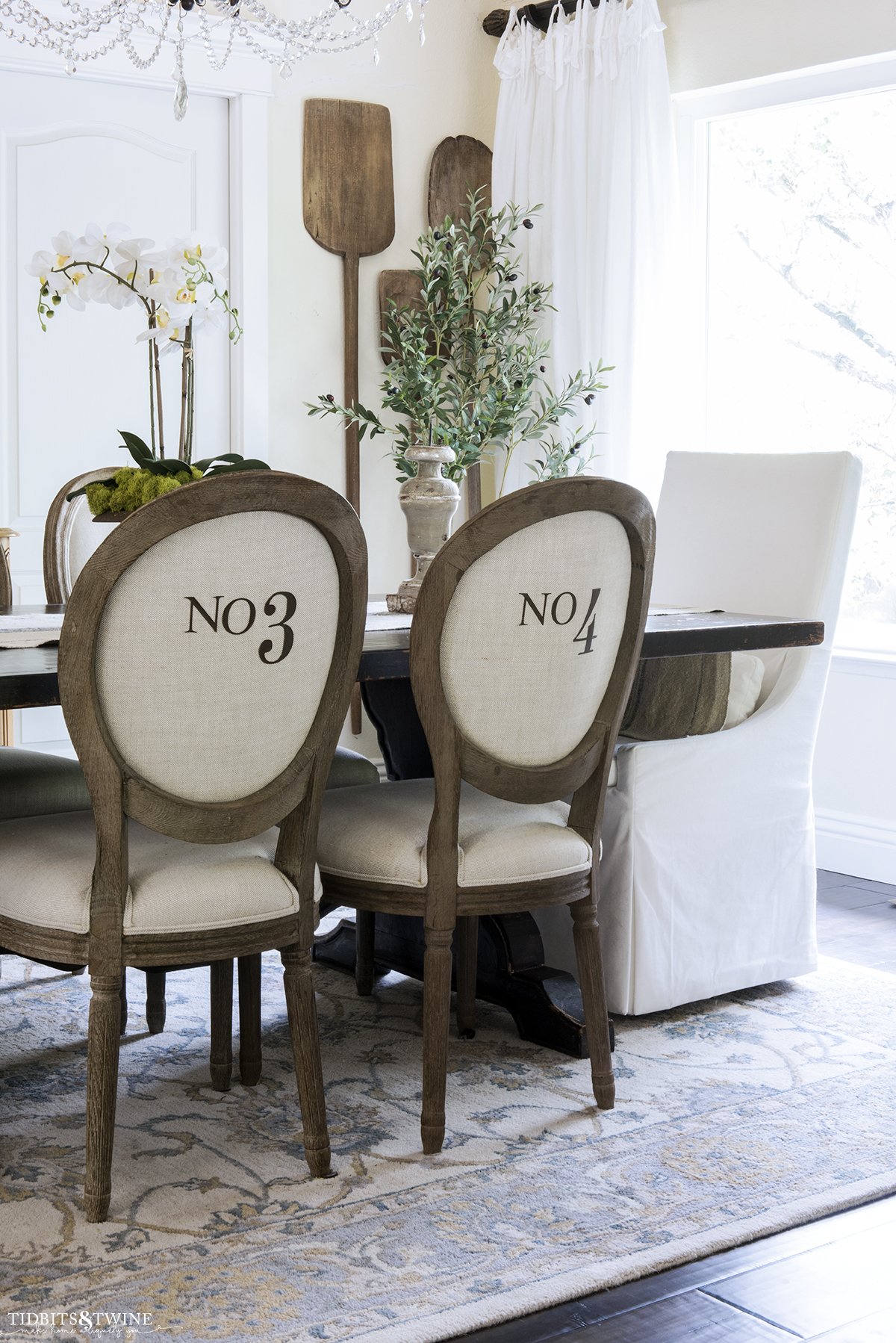
Frequently Asked Questions
- How to Choose a Rug
- Why Use a Rug
- What to Consider Before Buying a Rug
- How to Measure a Rug
- What Size Rug for a Living Room
- What Size Rug for a Dining Room
- What Size Rug for a Bedroom
- Standard Rug Sizes
- Choosing Your Rug Material
- Rug Height
- Rug Construction
- How to Choose a Rug Pad
- Can You Layer Rugs
- More Home Decor Ideas
How to Choose a Rug
My home is mostly hardwood, so over the years, I’ve invested in several area rugs for each of the living spaces in my home. I even layer rugs sometimes!
I love the instant change that a new area rug makes and how color, texture, and pattern really play into the overall scheme. Not to mention that an area rug really helps pull a room together for a finished look!
Recently, I was working on a custom area rug project, so I’ve spent a lot of time researching and shopping. Today, I’ve combined all of my learnings into one easy Rug Shopping Guide for you!
The first thing to consider, is why use an area rug?
Why Use a Rug
Most often, an area rug is used for one of the following reasons:
- Add Warmth or Comfort – Area rugs add cushion and warmth to floors, especially solid-surface one like hardwood, tile, or linoleum
- Absorb Sound – Sound waves are actually absorbed by carpet fibers and rug pads, so area rugs are a great way to dappen noise within a home
- Anchor the Furniture – Area rugs help define a space by making all of the furniture feel connected
- Tie a Color Scheme Together – You can instantly tie together various colors of a room by picking an area rug that incorporates your entire color scheme in one pattern
- Create a Focal Point – Like a piece of art, sometimes the rug itself can be used as a focal point in a room
- Easy to Change – versus traditional wall-to-wall carpeting, area rugs are easier to switch out to create a whole new look
- Easy to Clean – area rugs are easy to clean and if there’s a spill, you can lift up the rug and the pad to ensure moisture doesn’t get trapped causing mold or mildew
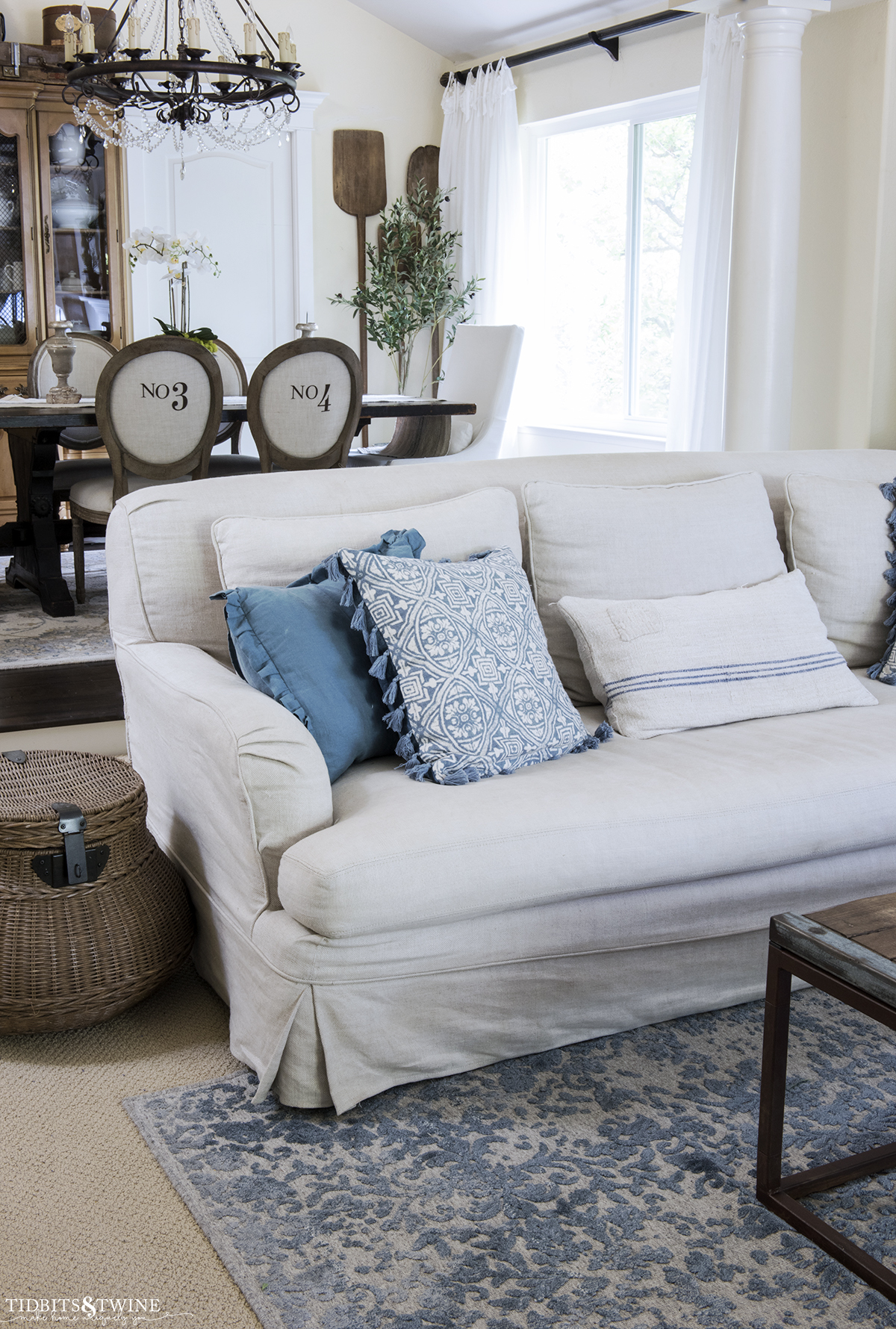
What to Consider Before Buying a Rug
Now if you’ve decided that a rug is what you want, here are some things to consider before buying:
- What room will the rug be in? Will it be exposed to water?
- How much foot traffic will the rug get? This will determine pile height and material.
- What should the color pallete be? Do you want the rug to blend with the room? Or maybe the rug is meant to be the focal point with a pop of color?
- What’s your budget? Generally the larger the rug, the higher the price, but material and construction (hand- or machine-made) also play a role
- Do you have kids or pets?
- What shape will work best? Rectangular or circlular?
- What size do you need? More about how to measure a rug below!
It’s important to consider answer the questions above before you start shopping because that will help narrow down your choices. It’s much easier to shop when you have a list and will make the process so much simpler.
Imagine going to the store saying:
- “I need an area rug” vs
- “I need a rectangular rug for a high-traffic area that is pet-friendly and stays within my neutral color palette.”
Do you see the difference?
It’s be much easier to find the perfect area rug once you have some parameters.
How to Measure a Rug
Ideally, you want a rug that is just right. Not too small and not too big.
Hello Goldilocks!!!
Why is the size important? Well a rug that is too big for the space looks a bit like it’s eating the furniture. And a rug that’s too small feels awkward and doesn’t actually do its job of defining a space.
Think of these as guidelines. Sometimes it’s okay to break the rules!
What Size Rug for a Living Room
- Run your rug in the same direction as your sofa for visual continuity
- Your rug doesn’t need to fill the entire space but appropriately define the seating arrangement
- Ensure your rug is longer than your sofa by about 6″ on either side
- Ensure at least the front legs of sofas and chairs are on the rug so that they feel connected
- If you’re covering the entire room with one area rug, leave at least 12″-18″ clear all around to the wall. In smaller rooms, 7″-12″ will work. If your rug comes too close to your walls, it will look like carpet (that has shrunk!) instead of a rug.
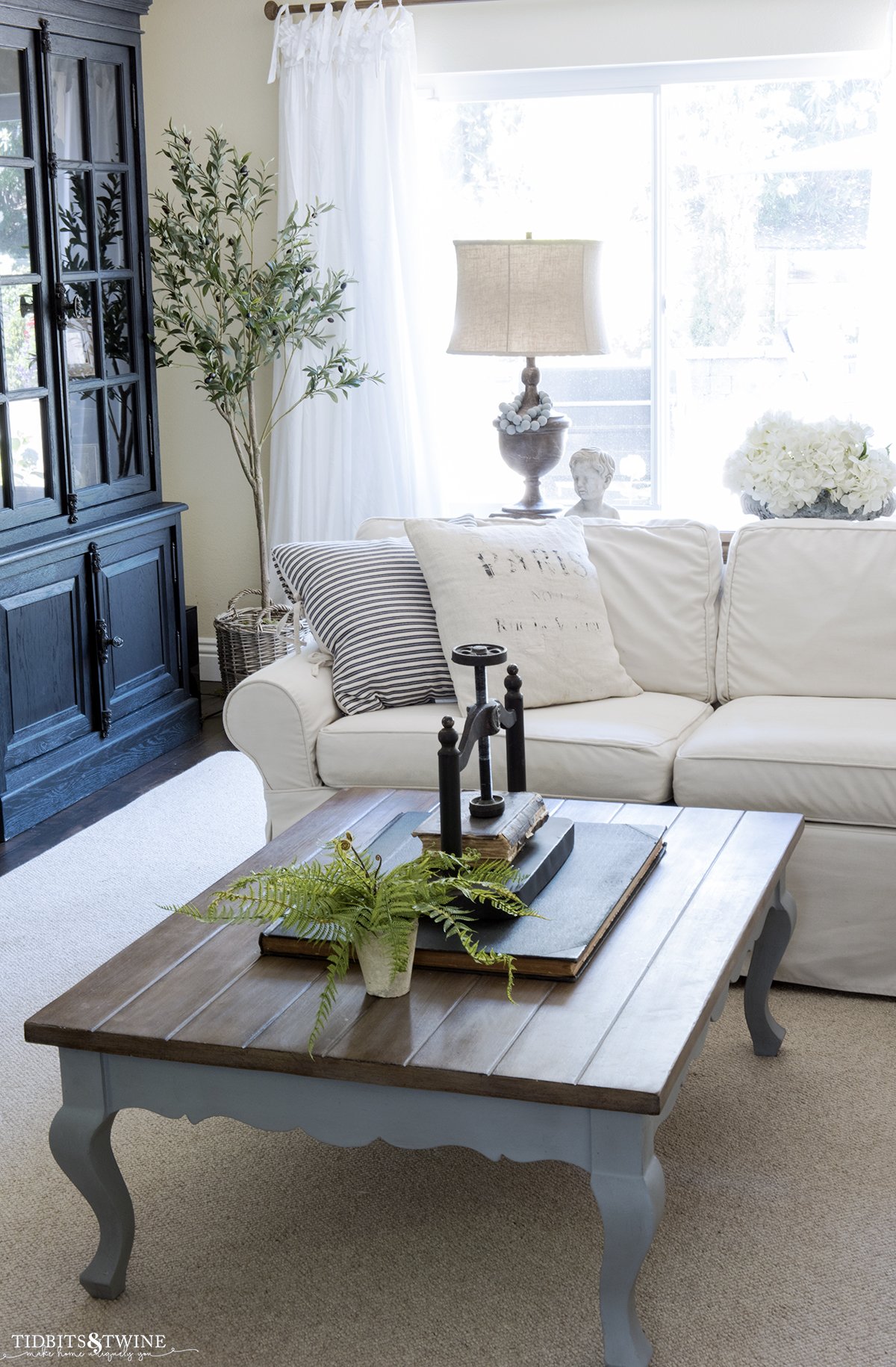
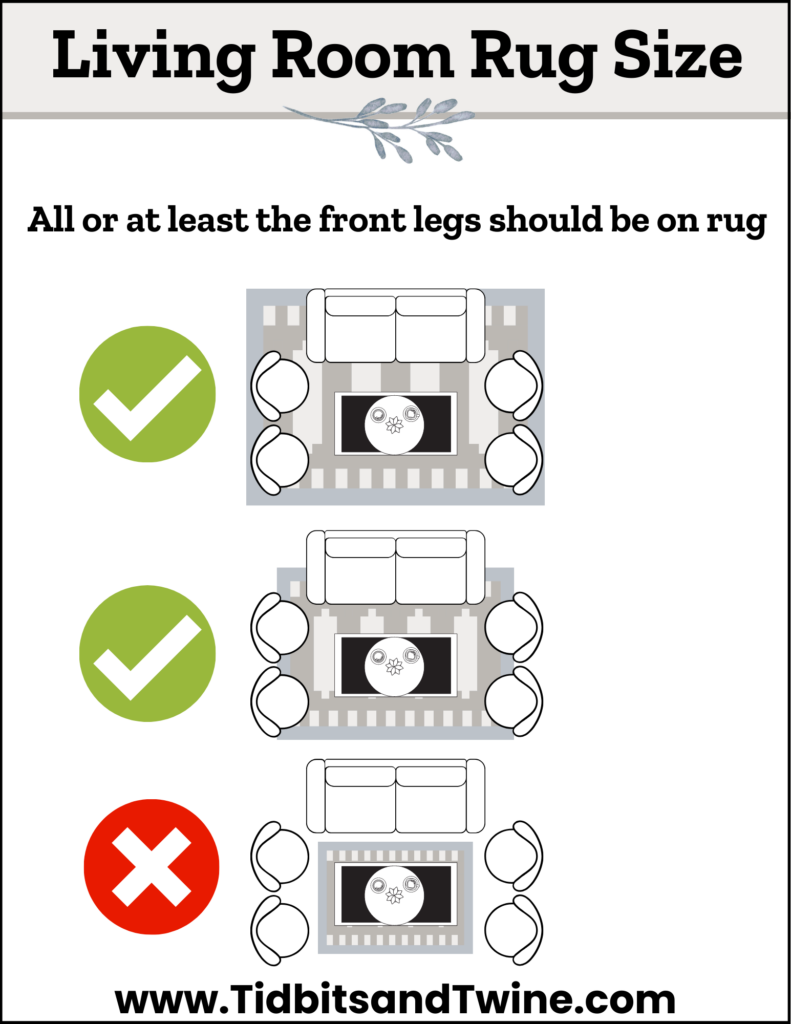
What Size Rug for a Dining Room
- A dining rug should run the same direction as the table
- Look for a rug that is 4′ longer and wider than you dining room table
- This will give you about 24″ on all size to accommodate chairs that are pulled out
- Think about durability when choosing your dining rug, as it’s likely to get food and water spills
- Don’t forget to take rug pile into account, as it affects how easily (or difficult) it is to slide a chair in and out
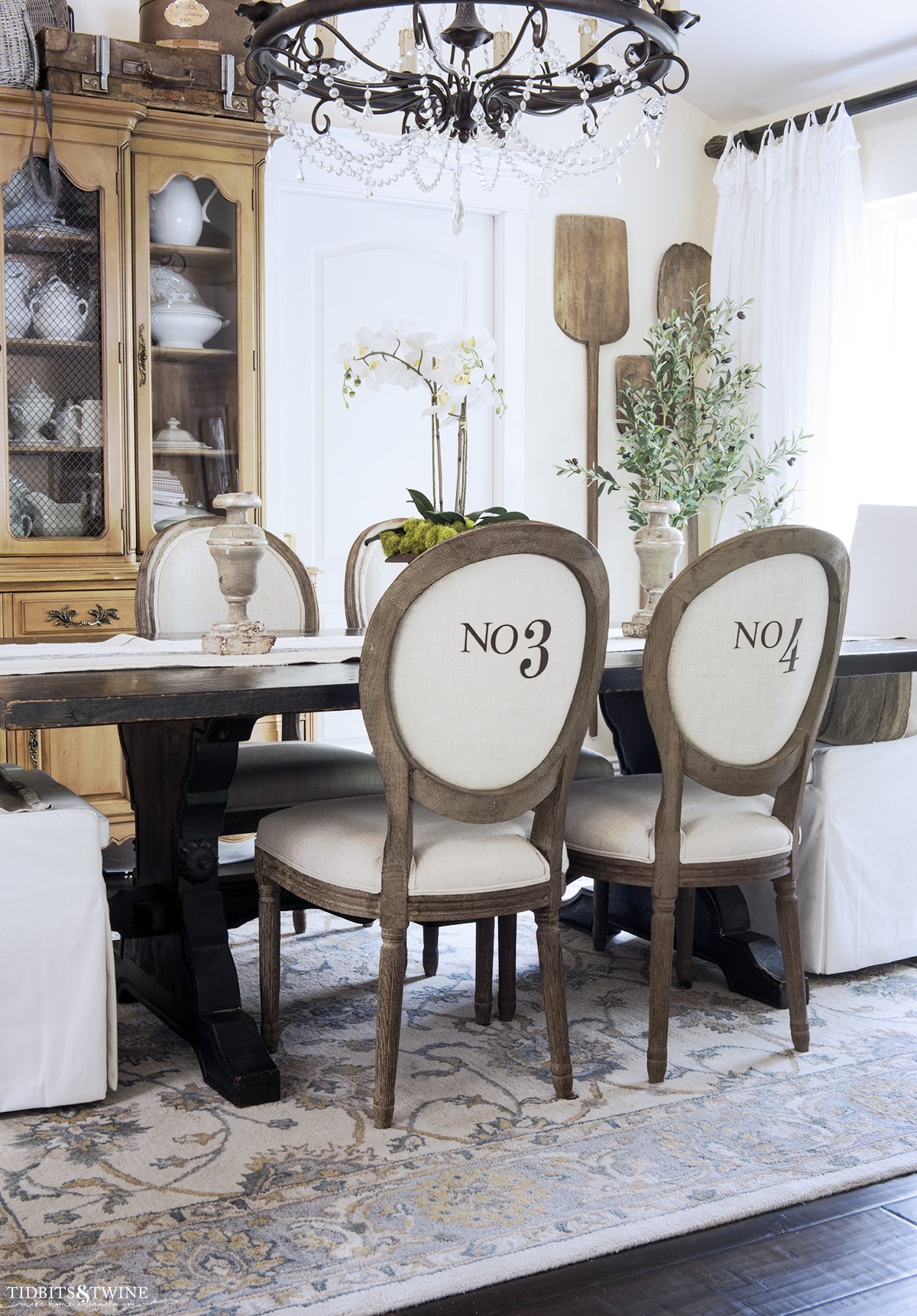
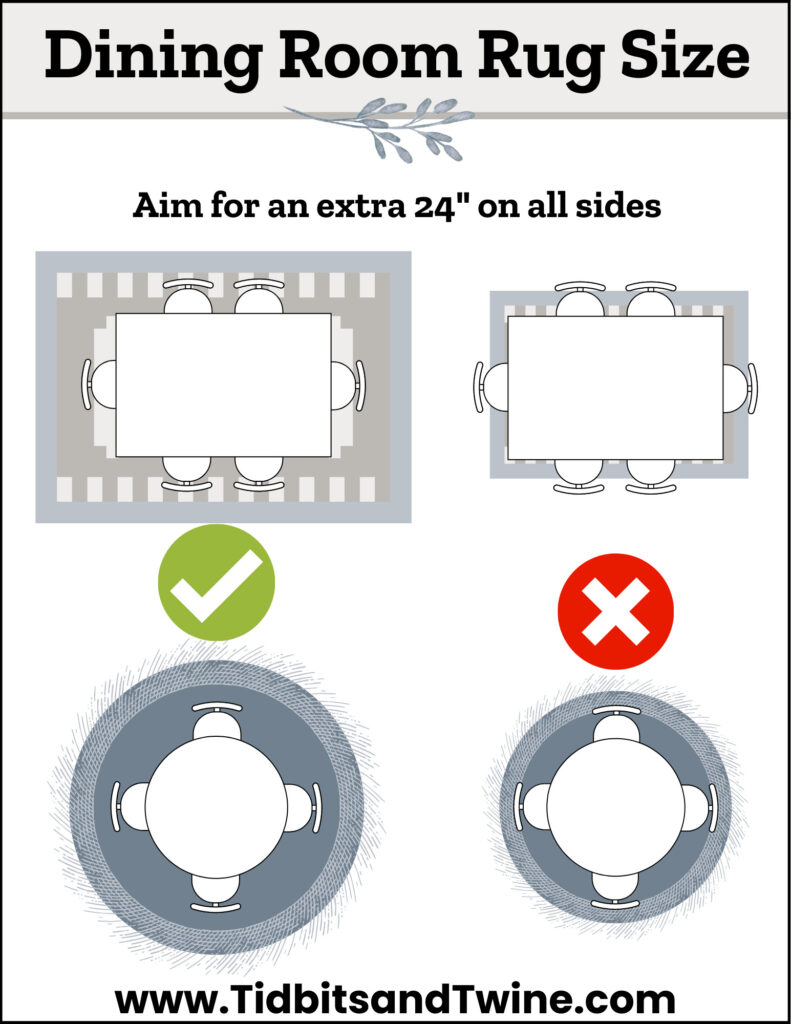
What Size Rug for a Bedroom
- Bedrooms have the most amount of versatility when it comes to using a rug.
- You can run the rug the same direction as the bedroom.
- In the same direction, you can put just the bed frame on the rug or the bed and nightstands
- Area rugs underneath beds should extend 6”-12” beyond the outer edges of the nightstands and the end of the bed
- Running the opposite direction, you can do just the bottom 2/3 of the bed or even the bottom 1/3 (this is best when you have a furniture grouping at the end)
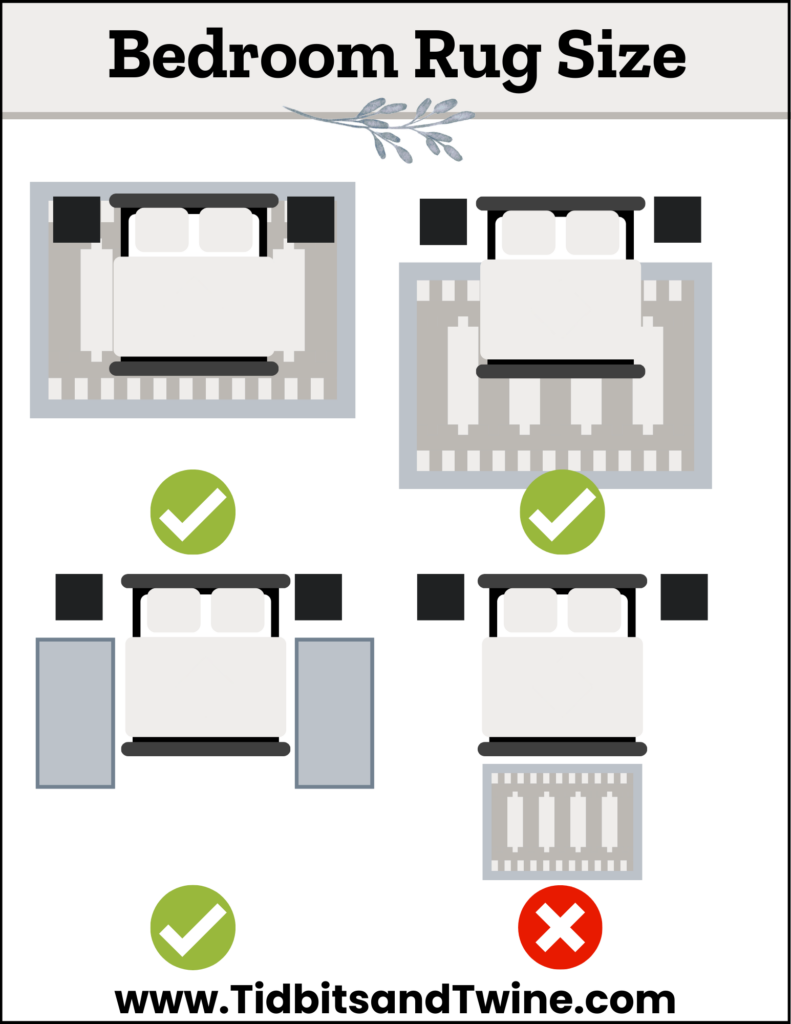
Standard Rug Sizes
Once you’ve measured your space, determine which rug size will best meet your needs. Ready-to-ship or ready-made rugs come in standard sizes that work for most situations. Typical area rug sizes are listed below, although you can find some alternate sizes as well:
Rectangular
- 3’x5′
- 4’x6′
- 5’x8′
- 6’x9′
- 8’x10′
- 9’x12′
- 10’x14′
Runner
- 2’x 7′
- 2’x8′
- 2’x9′
- 2’x10′
- 2’x11′
- 2’x12′
- 2’x13′
- 2’x14′
Round
- 4′
- 6′
- 8′
- 10′
Note: Rug companies round their sizing, so always measure to be certain. For example, a 2’x7′ runner is often 2’3″ not just 2′.
What if standard sizes don’t work? You can Create a Custom Rug!
Choosing your Rug Material
There are so many materials available for area rugs that you’re bound to find the right fit for your needs. The fiber itself is an important decision in choosing a rug though because it determines overall durability.
When choosing a material for your rug, consider:
- Budget
- Foot traffic
- Proximity to water
The two most common groupings of fibers for area rugs are:
Natural Rug Fibers: These include wool, cotton, jute, sisal
- Pros: Very durable, long-lasting
- Cons: Expensive, not stain resistant unless specifically treated
Synthetic Rug fibers: These include acrylic, nylon (polyamide), polyester, polypropylene (olefin)
- Pros: Budget-friendly, stain-resistant and therefore easy to clean
- Cons: Not as durable as natural fibers, longevity affected by construction
For high-traffic areas, Nylon and Wool are your best bets!
Rug Height: High Pile Rugs vs. Low Pile Rugs
Rug pile is the density of the fiber itself. Pile height is the term used to measure the height of a rug fiber from the backing to the top surface. Rug pile is broken into three categories
Low Pile Rugs: Fibers that are less than 1/4″. Best for high-traffic rooms
- Pros: Clean easier since vacuums can reach all the way to the backing, don’t crush easily
- Cons: None really other than if it isn’t the aesthetic you’re looking for
Low pile rugs are less expensive and best for high-traffic areas!
High Pile Rugs: Fibers longer than 1/2″. Best for low-traffic rooms.
- Pros: Feel luxurious, provide a cozy feel, offers great sound absorbtion
- Cons: Difficult to clean, crushes under furniture weight
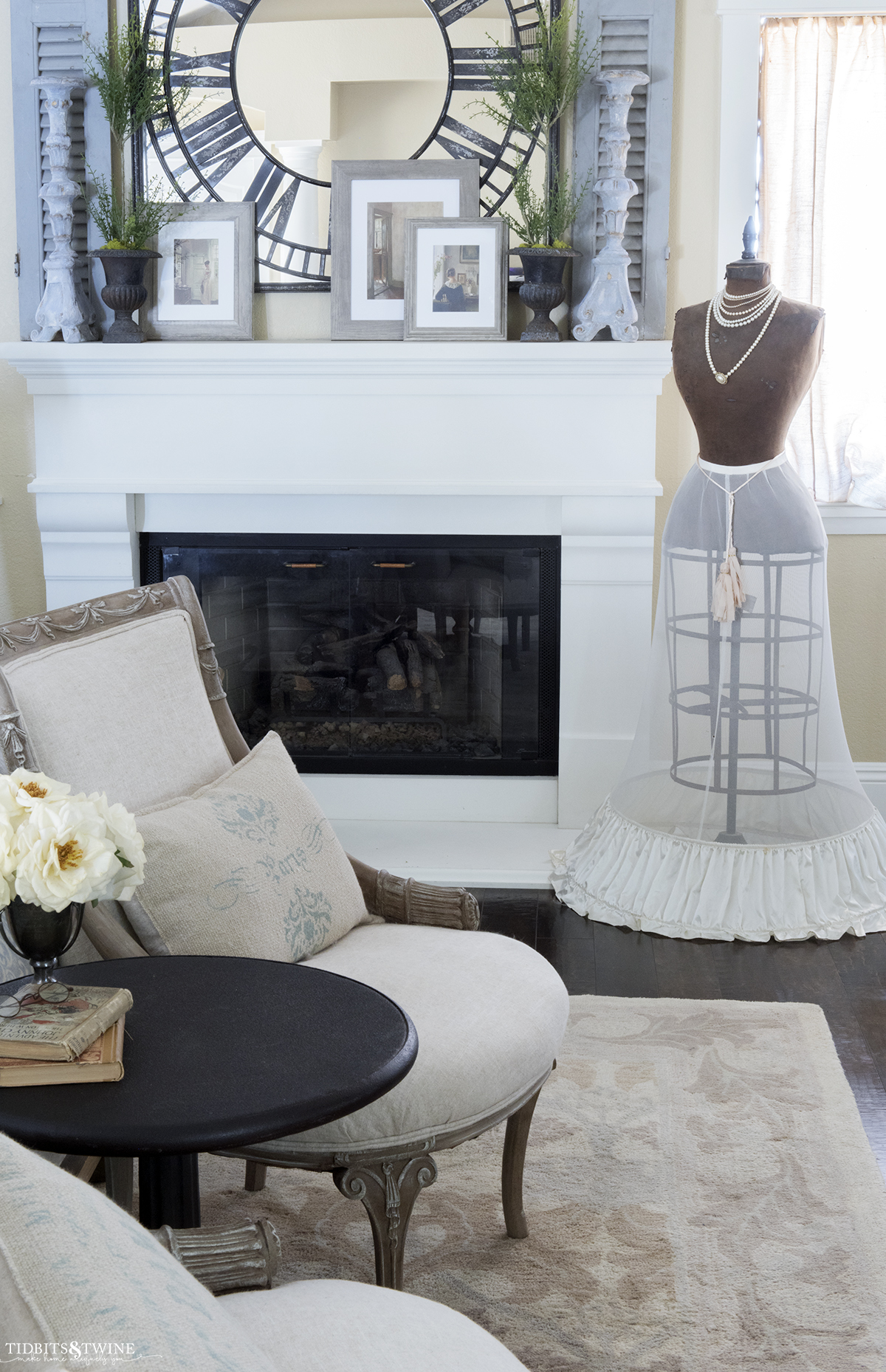
Rug Construction
How a rug is made will affect its price and durability greatly. Rugs can either be handmade or machine made.
Handmade Rugs
This includes knotted, tufted, hooked, braided flat-weave rugs. These rugs are more expensive given the time it takes to make them. They also tend to have higher quality, better durability (can be decades), and maintain their value better (often collectibles).
Machine Made Rugs
If you like to change the look of a room often, consider a budget-friendly machine made rug.
These are made quickly and are much less expensive. They don’t have the longevity of a handmade rug but can still last for decades if properly cared for. They can not easily be repaired, though.
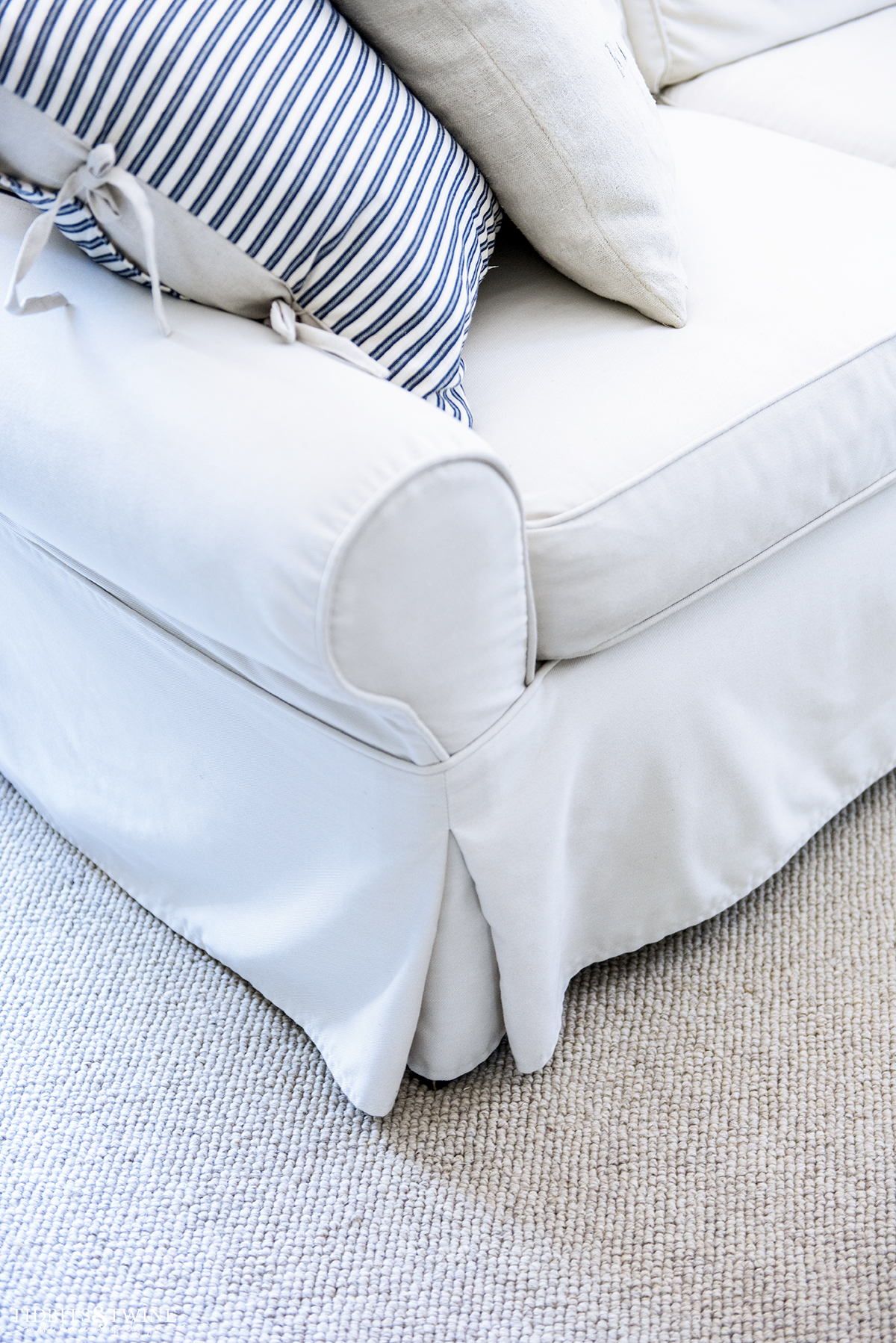
How to Choose a Rug PaD
We can’t talk about rugs without talking about rug pads!
Do You Need a Rug Pad?
In most cases, you’ll need a rug pad underneath your area rug. The exception is a small, rubber-backed rug. A rug pad:
- Prevents the rug from slipping and curling at the corners, both of which are trip hazzards
- Helps maintain the shape of the rug
- Increases the life of the rug and the floor beneath, by preventing wear and scratching
Types of Rug Pads
Grip: This is used on solid-surfaces like tile and hardwood where the goal is to prevent slipping. Look for rubber, not PVC, which can damage the floor underneath.
Cushion: Often made of felt, these rug pads provide the extra cushion and support a rug needs.
Combination: A felt rug pad with a rubber backing. The best of both worlds?
If putting a rug on top of wall-to-wall carpet, look for rug pads called “carpet-to-carpet” pads, such as the Magic Stop Rug Pad.
What Size Rug Pad
A rug pad should be 1″ shorter than the rug on all sides. So if your rug is 8’x10′, your rug pad would be 7’10″x9’10”. When in doubt, get a pad that is too big, as they usually can be trimmed down with a pair of scissors.
Height of Rug Pad
Rug pads can range anywhere from 1/16″ to 1/2″ depending on the amount of cushion. Be sure to take into account doors that need to open over the rug, as a taller cushion might make the rug too tall the clear the door.
My personal preference is to save a thick rug pad for high pile rugs that can “flop” over the sides; otherwise, your rug might appear as if it’s floating on the floor! In general, reserve thick rug pads for low-traffic areas.
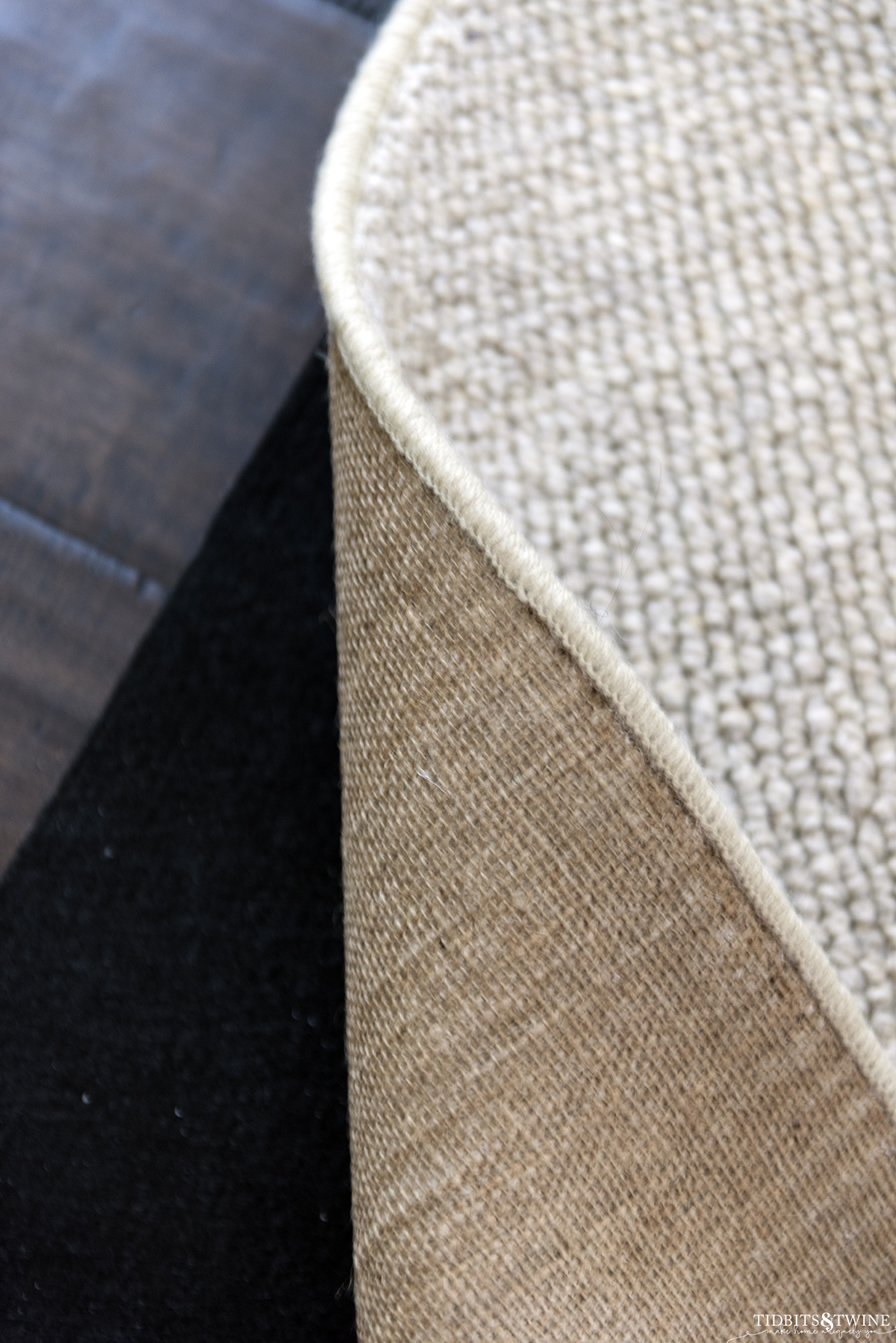
Can You Layer Rugs?
Of course! You can use multiple area rugs together or you can layer a rug on carpet!
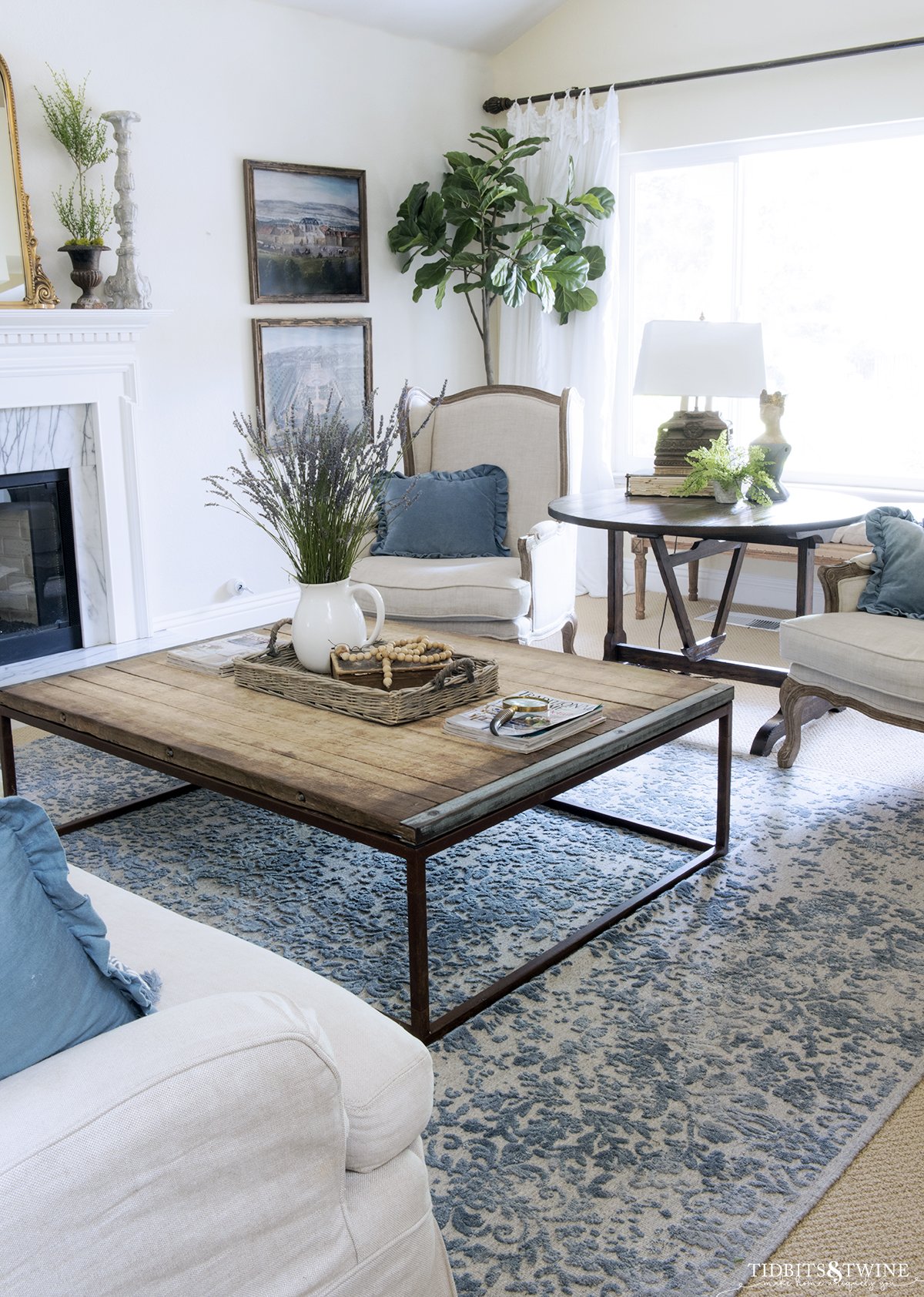
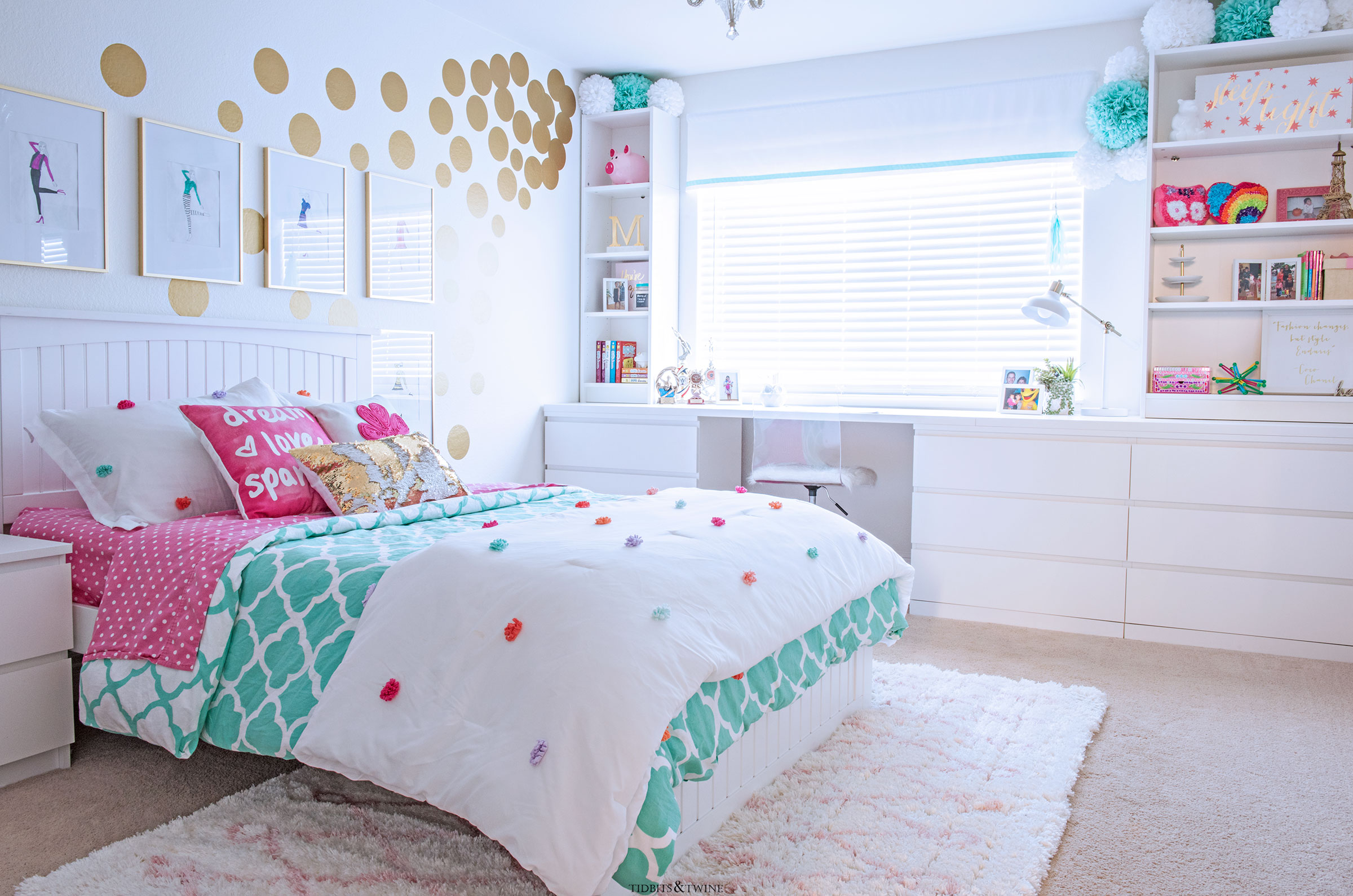
More Home Decor ideas
- Get the Look: Layered Rugs {How to Layer Rugs Like a Pro!}
- 8 easy ideas for an instant home refresh
- 8 Common Decorating Mistakes and How to Fix Them
- Interior Doors: From Drab to Dramatic!
- The Best Vacuums for Hardwood & Carpet
Whew!!!
So many factors go into the price of a rug. The size, the material, the pile height, the construction…they all add up! But you want your rug to last, so you really have to consider how much traffic it will get, how easy it is to clean, and the type of rug pad you need.
A little planning goes a long way to choosing a rug that’s right for your home!

Join the Community
Let’s keep in touch! Get exclusive artwork plus the latest news delivered directly to your Inbox!

